Don’t Plant a Fruit Tree (Until You Read This Guide)
I’ll be honest, my first attempt at growing fruit trees was a total disaster. I was so excited, I planted a few apple varieties I loved to eat, dug some holes, and then… I waited. Three years later, two trees were dead and the third was a barren stick. It was a classic rookie mistake. I had completely ignored the most important rule: growing fruit isn’t about what you want to eat, it’s about what your specific patch of land can support.
In this article
That early failure, as frustrating as it was, taught me everything. It forced me to learn the language of my own backyard—to understand the soil, the sun, and the subtle rules of our local climate. Since then, I’ve planned and planted orchards for myself and for clients, and the first lesson is always the same. A fruit tree is a long-term relationship, easily a decade or more. Success starts way before you ever pick up a shovel. It starts with a little bit of homework.
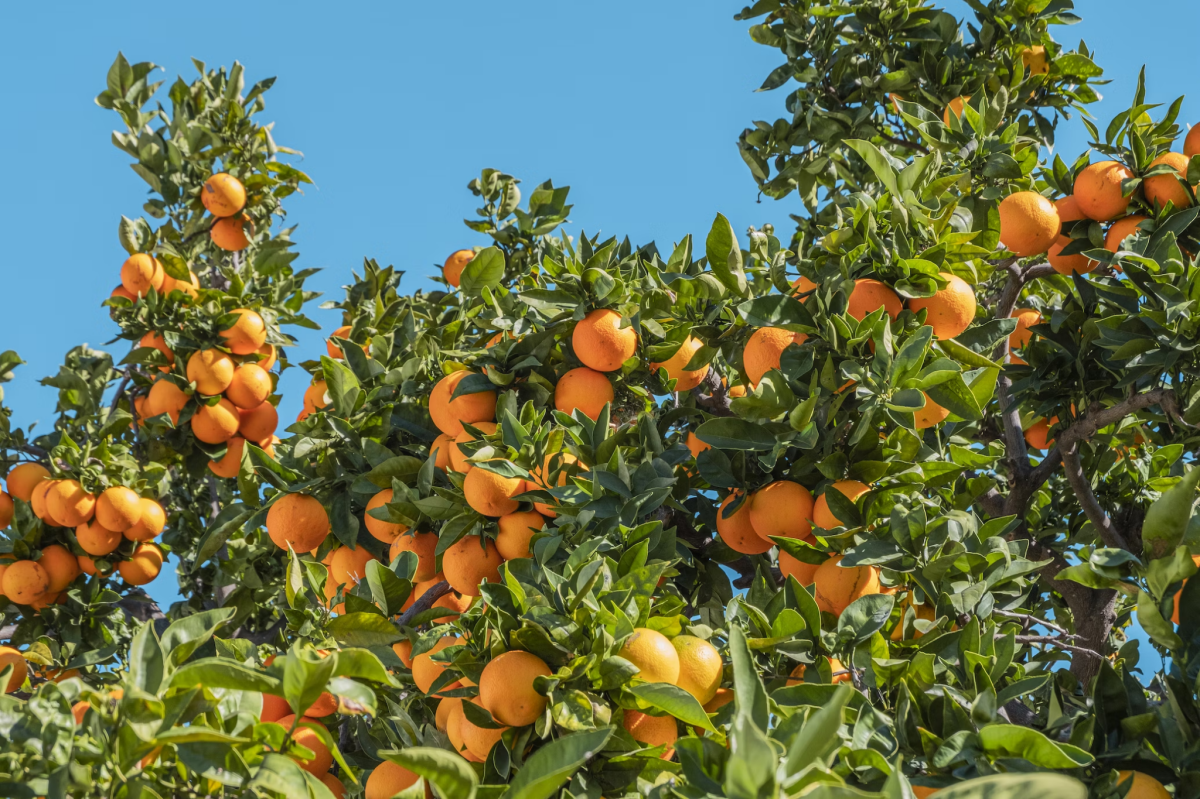
This guide walks you through the exact process I use, focusing on the nitty-gritty details that make the difference between a sad, struggling tree and one that showers you with fruit for years to come.
First Things First: Understanding Your Climate’s Rules
Before you even dream of a specific apple or peach, you have to get real about your climate. Two factors are king here: how cold your winters get, and for how long. Getting this wrong is the number one reason new growers fail. Period.
USDA Hardiness Zones: A Good Start, But Not the Whole Story
You’ve probably seen the USDA Hardiness Zone map. It carves up the country into zones based on the average coldest winter temperature. For example, if you’re in Zone 7a, your coldest nights usually bottom out between 0°F and 5°F. Nurseries use this to tell you if a tree can, in theory, survive the winter.
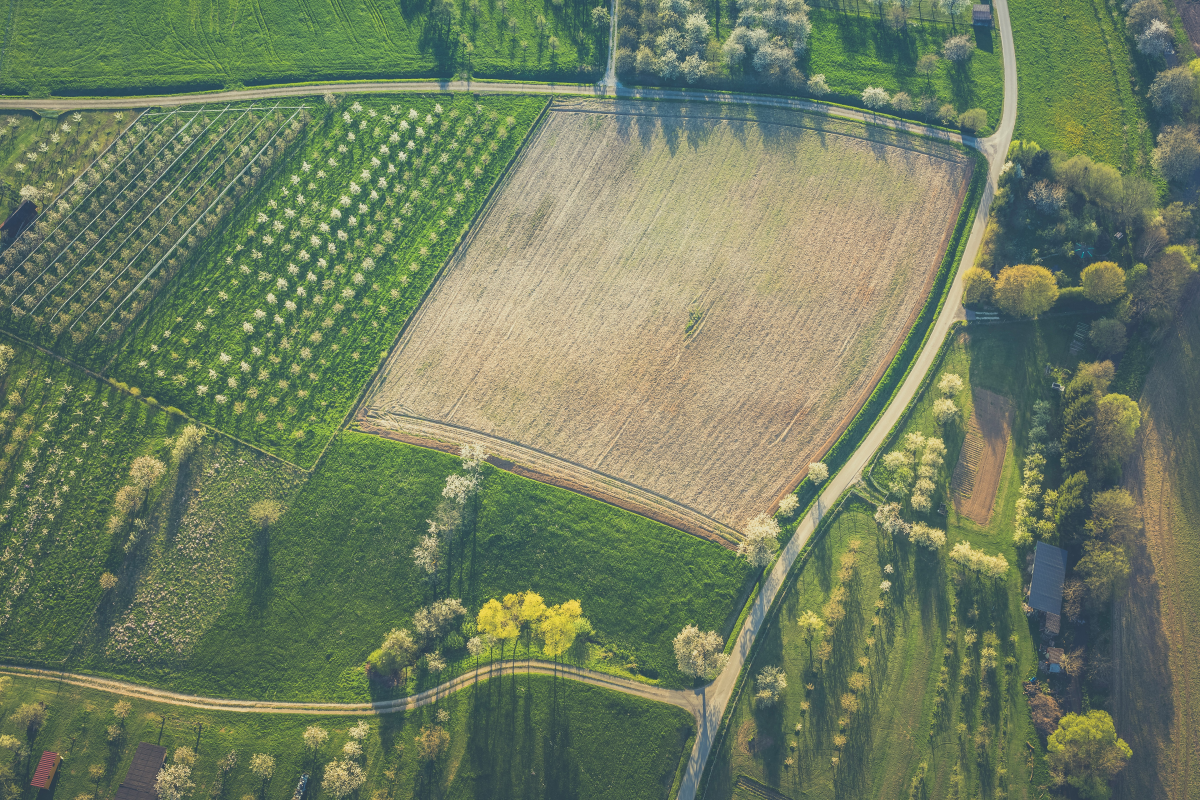
But here’s the catch: it only tells you about cold survival, not fruit production. A fig tree rated for Zone 7 might live through the winter, but if a late spring frost zaps its new growth every single year, you’ll never see a single fig. The zone tells you what might live, not what will thrive.
Quick tip: I always recommend choosing trees rated for your zone or even one zone colder. It’s a cheap insurance policy against an unusually nasty winter.
Chill Hours: The Real Secret to Getting Fruit
Okay, lean in. This is the concept that truly unlocks fruit growing. Chill hours are the total number of hours a tree needs to be exposed to cold temperatures—generally between 32°F and 45°F—to break dormancy and flower properly in the spring. Think of it as a required winter nap.
During the fall, trees produce a hormone that stops them from budding out during a random warm spell in January, which would be a fatal mistake. The winter cold slowly breaks down this hormone. Once the tree gets its required ‘chill hours,’ it’s ready to explode with growth as soon as the weather warms up for good.
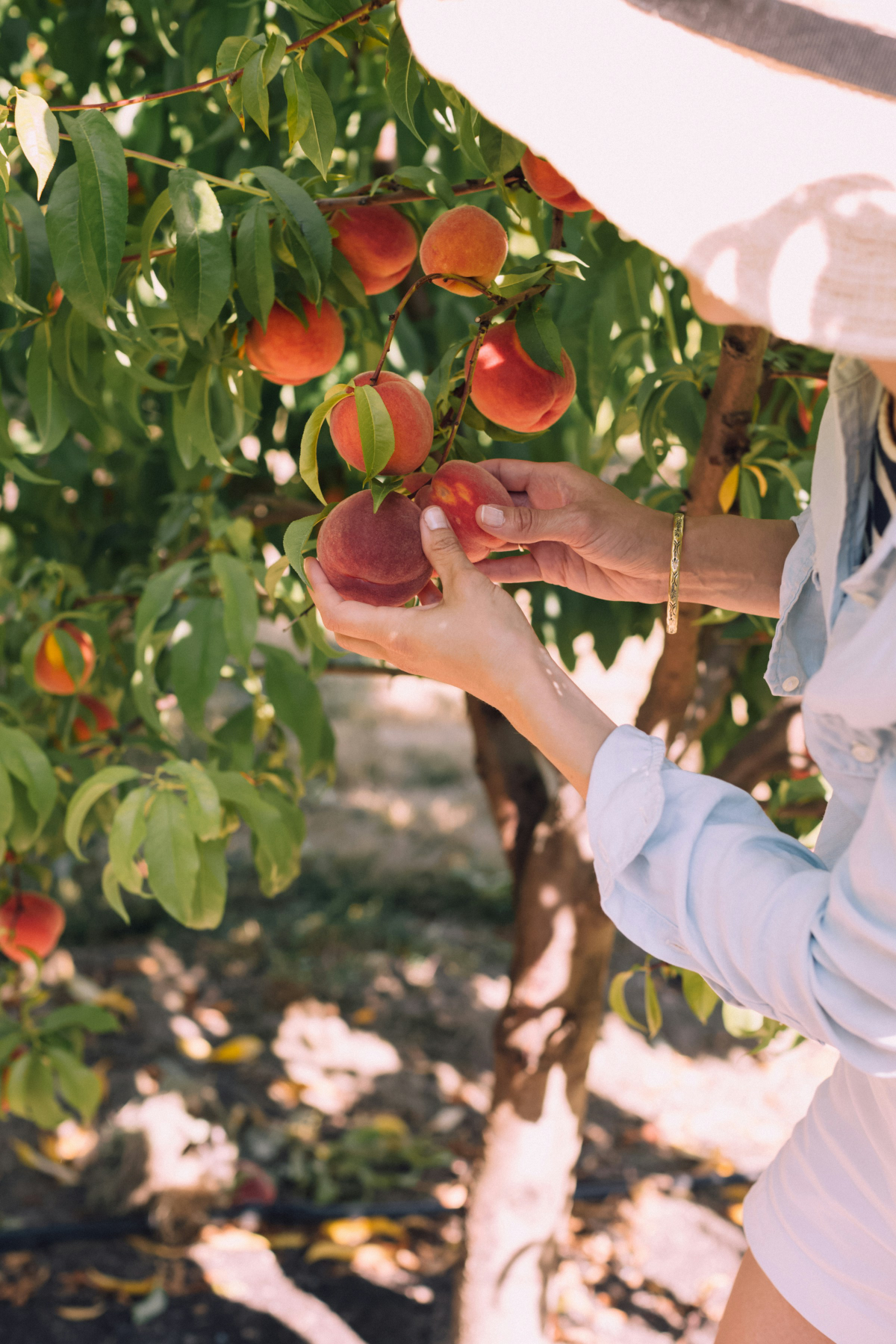
Get this wrong, and you’re in for a world of frustration:
- Too Few Chill Hours: This is a huge issue in warmer climates. If you plant a high-chill apple (like many classic northern varieties needing 800-1000 hours) in a place that only gets 400 hours of chill, the tree never gets its full nap. It might leaf out weirdly, some branches waking up while others stay asleep. Flower buds might not open at all, or they’ll open sporadically, leading to terrible pollination and little to no fruit.
- Too Many Chill Hours: This is less common but still a problem. A super low-chill peach (needing only 150 hours) planted up north might hit its chill target by New Year’s. The first warm week in February could trick it into blooming, only for a predictable March blizzard to wipe out every single flower.
Your 5-Minute Task for Today: Seriously, do this now. Google “[Your State] agricultural extension chill hours” and find the weather station nearest you. Some university websites even have interactive maps. Knowing your local average chill hour number is the single most powerful piece of information you can have.
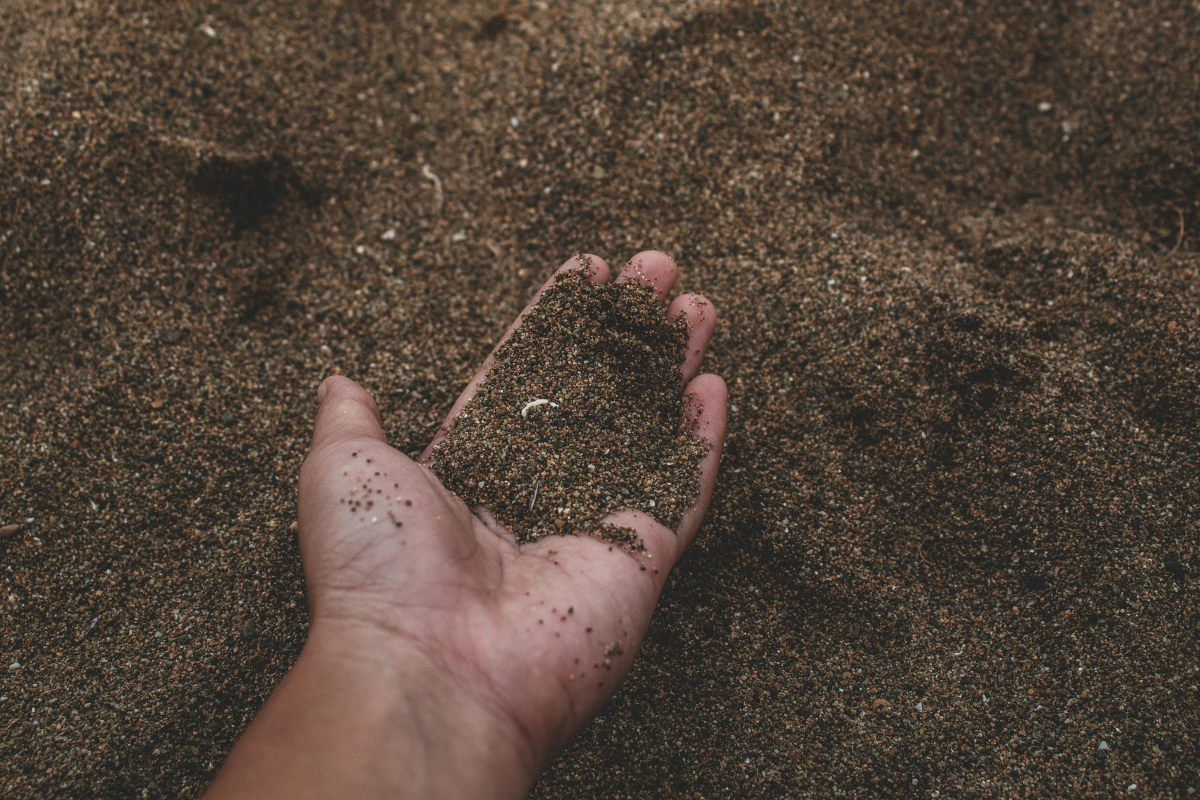
Reading Your Land: It’s All About Soil and Water
A tree’s entire life support system is its roots, and those roots live in the soil. Most fruit trees absolutely need well-drained soil. If their roots sit in standing water, they suffocate and die from root rot faster than almost any pest or disease can kill them. This is what we call the “wet feet” problem, and it’s a guaranteed tree-killer.
The Jar Test: A Quick and Dirty Soil Analysis
You don’t need a fancy lab to get a feel for your soil. Just dig down 6 inches, grab a cup of soil, and put it in a clear quart jar. Fill it three-quarters full with water, add a single drop of dish soap (this helps the particles separate), and shake it like crazy for a minute. Then let it settle for 24 hours.
You’ll see distinct layers form: heavy sand on the bottom, silt in the middle, and a fine layer of clay on top. This gives you a visual of your soil texture. Most fruit trees crave a balanced mix called loam. If you see mostly clay, you know drainage might be an issue.
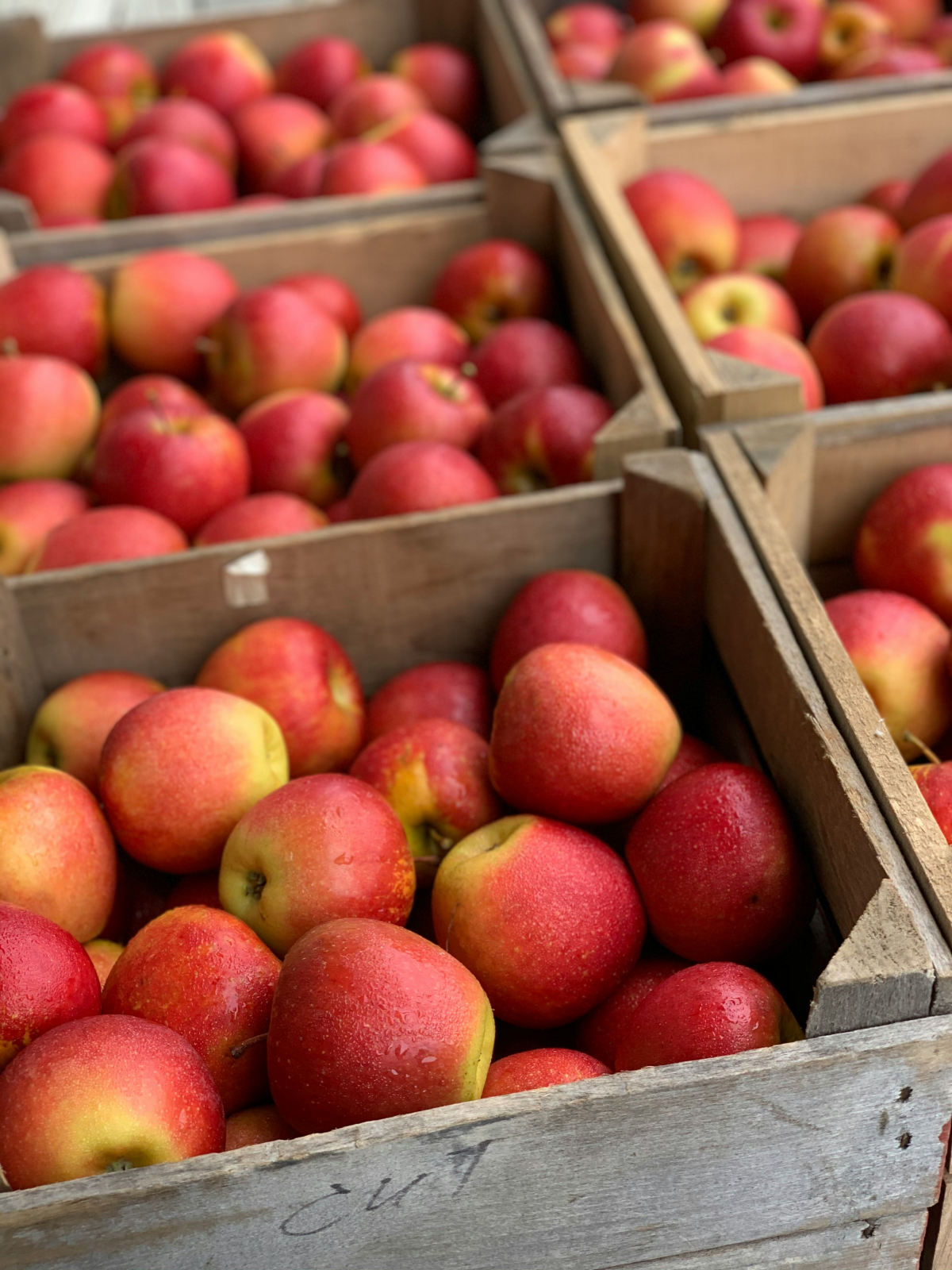
The Percolation Test: Are You at Risk for ‘Wet Feet’?
This is a non-negotiable step. Dig a hole about a foot deep and a foot wide where you plan to plant. Fill it with water and let it drain completely. Then, fill it a second time and track how fast the water level drops. If it drops less than one inch per hour, you have a drainage problem. Planting a tree there is a death sentence.
But don’t despair! The solution is to build a mound or berm. It’s easier than it sounds:
- Mark Your Spot: Outline a circle at least 3-4 feet wide. Your goal is a wide, gentle slope, not a steep volcano.
- Build Your Base: Start layering good-quality topsoil and compost in the circle. You’re aiming for a height of about 12-18 inches in the center, tapering down to the edges. Don’t just pile up clay; you need rich, well-draining material.
- Shape and Settle: Rake the mound into a smooth, wide shape and water it well to help it settle. Now you can plant your tree right in the center, with its root crown high and dry above the waterlogged ground.
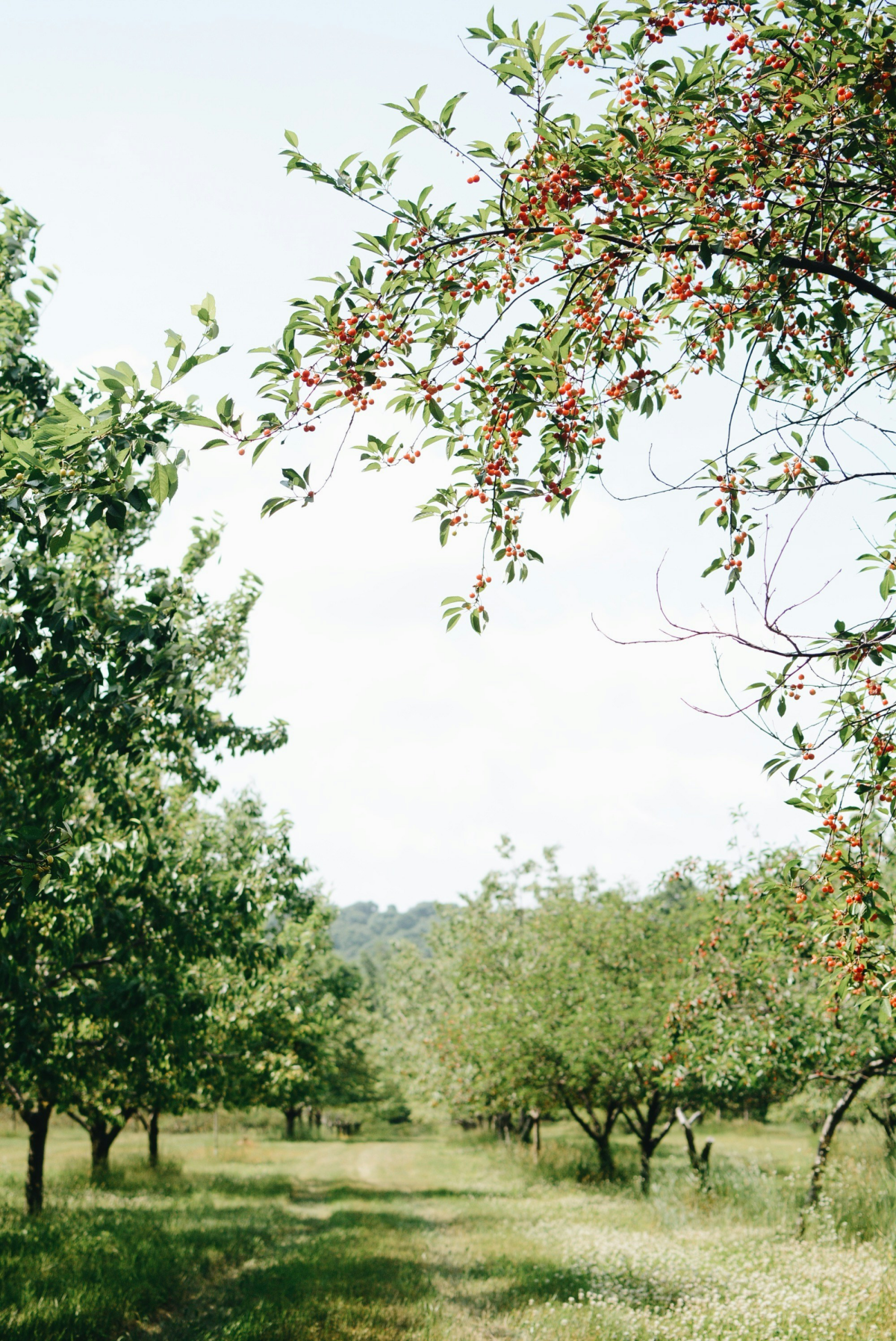
Let’s Talk Soil pH
Soil pH is simply a measure of acidity or alkalinity. Most fruit trees are happiest in slightly acidic soil, around 6.0 to 6.8. In this range, all the essential nutrients in the soil are readily available for the roots to slurp up. If your soil is too alkaline (high pH), a tree can’t absorb iron, and its leaves will turn yellow, even if there’s plenty of iron in the ground.
While you can buy a cheap home kit, I strongly recommend a professional lab test from your local university extension. It’s a small investment—usually between $20 and $60—that gives you a massive return. You’ll get your exact pH, nutrient levels, and specific recommendations. By the way, if your test comes back wonky, the fix is usually simple. For acidic soil (low pH), you’ll add garden lime. For alkaline soil (high pH), you’ll add elemental sulfur or lots of compost over time.
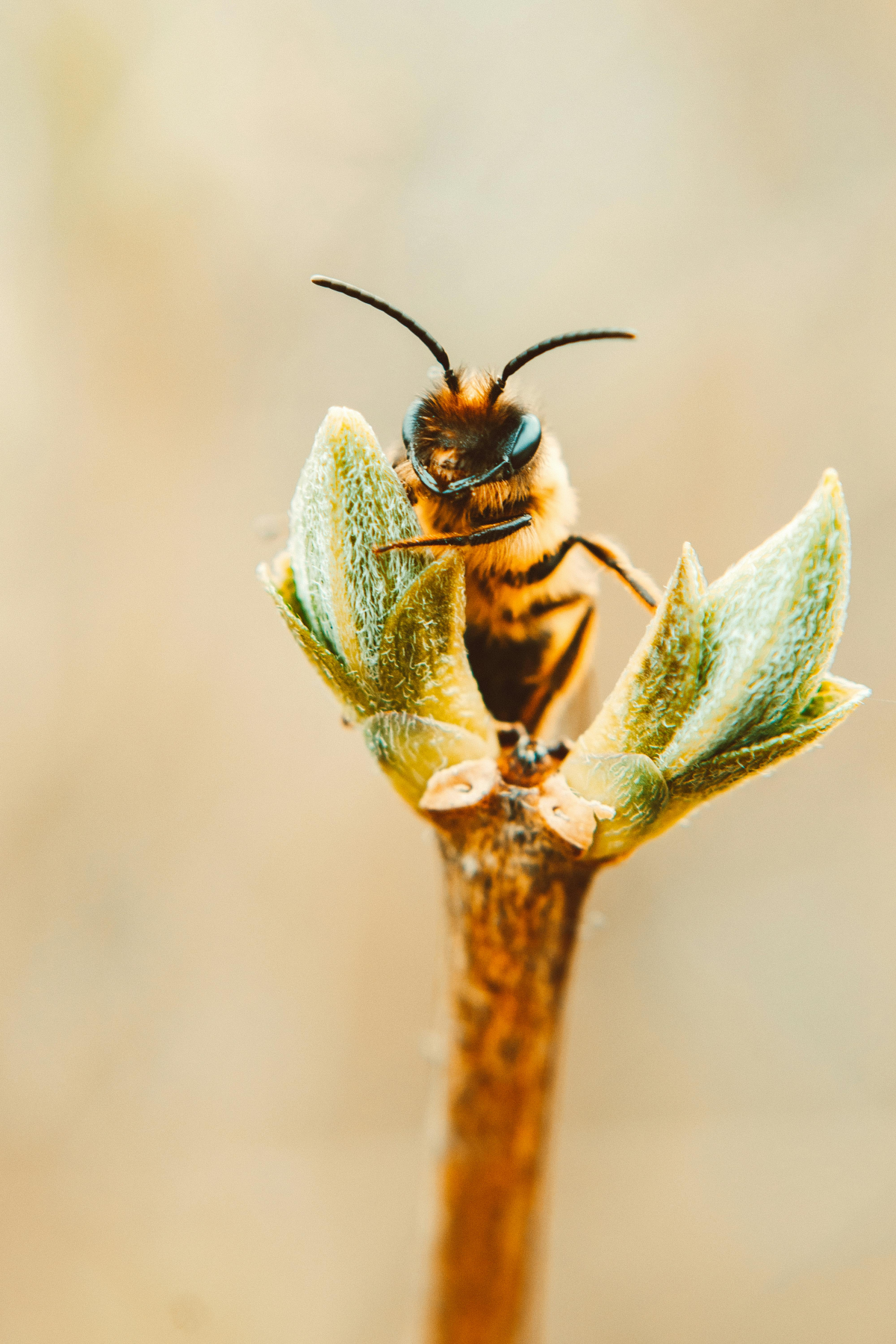
Pro-Level Selection: Looking Past the Pretty Fruit Label
When you buy a fruit tree, you’re almost always buying two different plants fused into one. The top part, the scion, determines the fruit variety (like a ‘Gala’ apple). This is grafted onto the rootstock, which is the root system. The rootstock is the unsung hero of the tree, yet most beginners don’t even know it exists.
The Power of the Rootstock
The rootstock is what controls the tree’s most important traits:
- Size: This is the big one. A rootstock determines if you get a tiny dwarf tree (8-10 feet), a manageable semi-dwarf (12-18 feet), or a standard monster (25+ feet). I’ve seen people plant a generic “apple tree” and freak out when it tries to eat their house. Always check the tag for the rootstock name (e.g., M.9, G.41, M.111 for apples) and do a quick search on its mature size.
- Disease Resistance: Some rootstocks are bred to fight off soil-borne diseases like fire blight or root rot. For example, certain modern apple rootstocks were specifically developed by research programs for this purpose.
- Soil Tolerance: You can find rootstocks adapted for heavy clay or sandy soils. Others are bred to resist pests like nematodes, which are common in sandy southern soils.
- Precocity (How fast it fruits): Some rootstocks encourage a tree to fruit in just two or three years, while others can take five years or more.
HEADS UP! The single most critical mistake beginners make is burying the graft union. That’s the bumpy, swollen-looking area near the base of the trunk where the two parts were joined. This union MUST always stay 2-4 inches above the soil line. If you bury it, the scion (the top part) can grow its own roots, bypassing the dwarfing rootstock. Your carefully chosen 8-foot dwarf tree will then try to grow to its natural 30-foot size. Don’t do it!

Pollination: Most Trees Need a Friend
Many people think one apple tree equals apples. Unfortunately, that’s rarely true. Most fruit varieties are self-infertile, meaning they need pollen from a different variety of the same fruit to produce a crop. So your ‘Honeycrisp’ apple tree needs a different apple variety, like a ‘Gala’, blooming nearby (within 50 feet is perfect).
Some trees, like many peaches and sour cherries, are self-fertile and can produce fruit all by themselves. But for apples, pears, sweet cherries, and most plums, you need at least two different compatible varieties. “Compatible” just means they have to bloom at the same time.
Did you know? Some crabapple trees are amazing “universal pollinators” for apples. Because they produce so much pollen over a long period, planting one decorative crabapple can solve the pollination needs for a whole backyard of different apple varieties that bloom in the same window. It’s a great trick for small spaces!
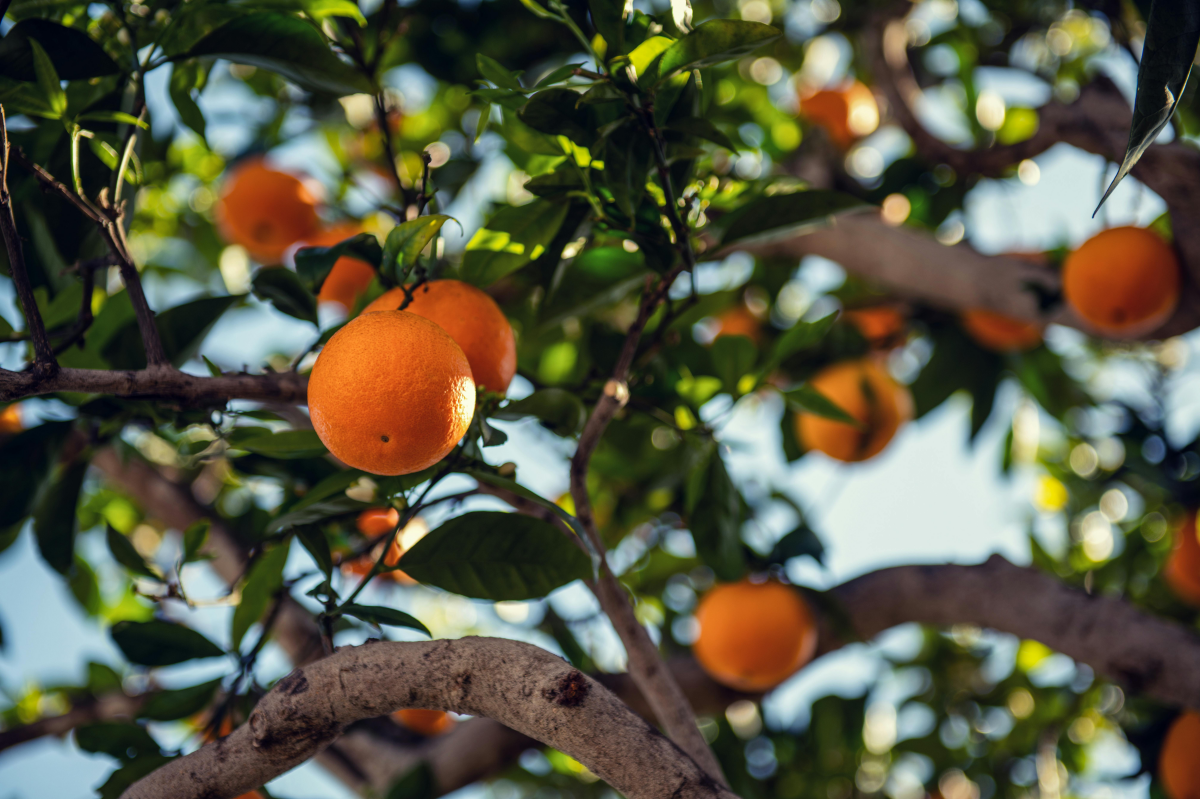
Where to Actually Buy Your Trees
Okay, so you’ve done your homework. Where do you go? You have three main options, and they are NOT created equal.
- Big Box Stores: The main appeal here is convenience and a low price tag, maybe $25-$40 for a potted tree. But the risks are huge. The staff usually knows very little, the selection is generic, and worst of all, the trees can be completely mislabeled. That “Dwarf Honeycrisp” might turn out to be a 20-foot crabapple. It’s a real gamble.
- Local Independent Nurseries: This is a much better bet. The staff often has real local growing knowledge, and they stock varieties that actually work in your area. They can be a fantastic resource, and prices are usually pretty reasonable.
- Specialty Mail-Order Nurseries: This is where the pros shop. For the absolute best selection of varieties and, crucially, rootstocks, this is the way to go. Serious growers use places like Raintree Nursery, Stark Bro’s, or Cummins Nursery to get the exact combination they need. You’ll often buy them “bare-root,” which looks like a stick with some roots, for about $30-$60. Don’t be fooled by the small size—these trees often establish faster and with less transplant shock than larger potted trees, making them a better long-term choice.
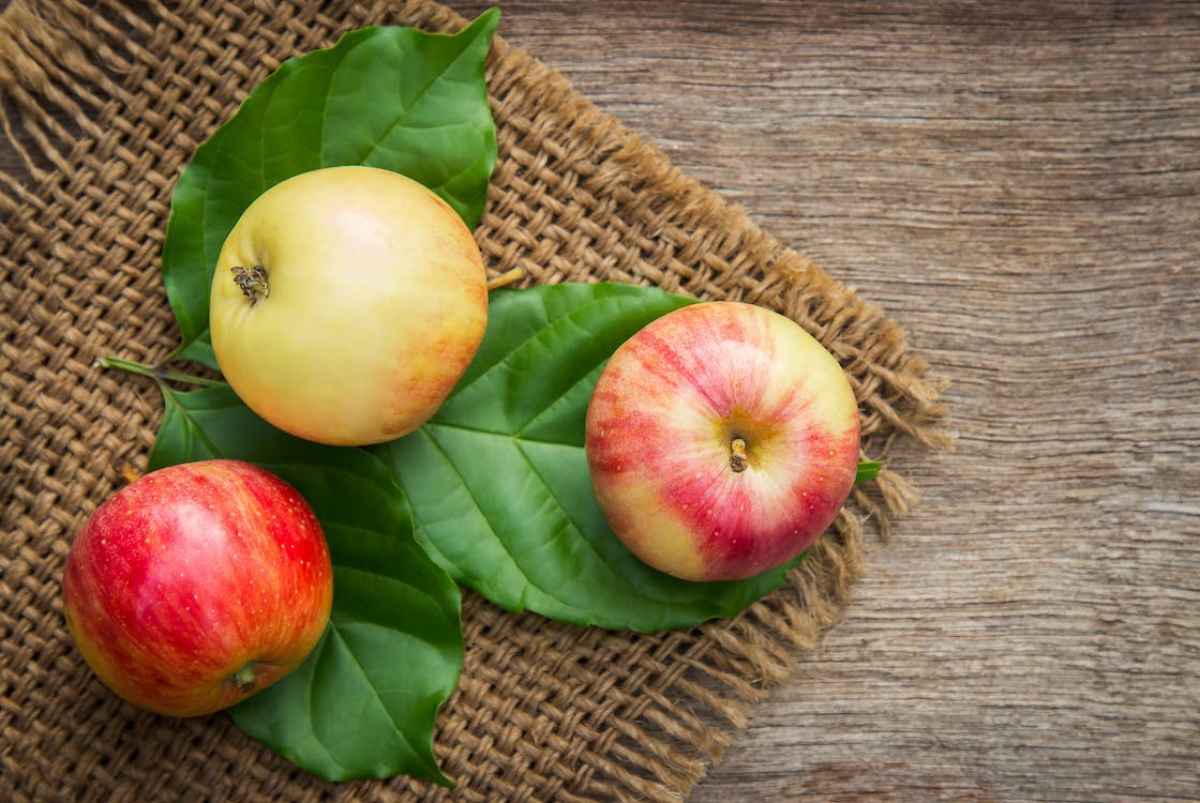
A Final Dose of Reality
A fruit tree is a living thing, not a piece of lawn furniture. It needs care. Be safe when you’re pruning with sharp tools, and always be careful on ladders. And please, be patient. You won’t get a huge crop the first year. A peach might give you a handful of fruits in year two or three. An apple on a semi-dwarf rootstock might take three to five years to really get going. The first few years are for building a strong root system and a solid branch structure.
Choosing the right tree is one of the most rewarding things you can do. It connects you to the seasons and your own piece of earth. By taking the time to do it right, you’re setting yourself up for a partnership that can provide beauty, shade, and delicious, healthy food for a long, long time.
Galerie d’inspiration
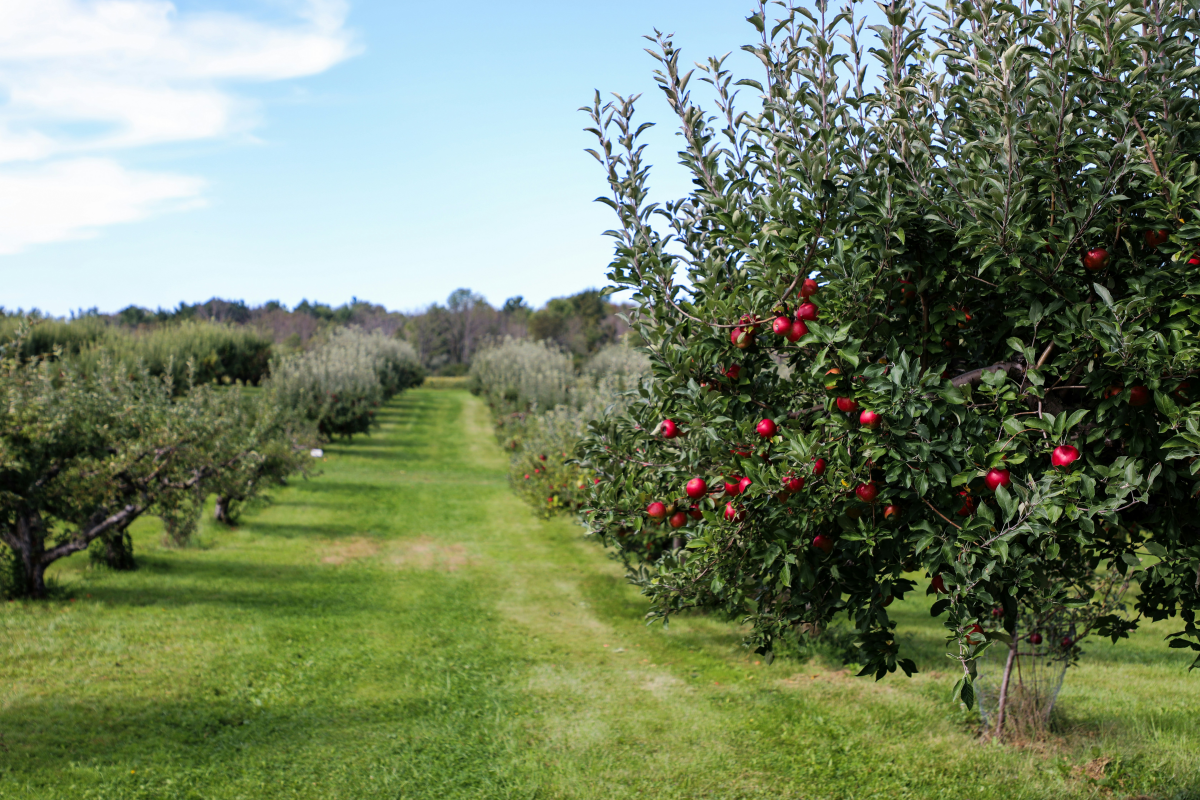
Do I really need two apple trees to get apples? The short answer is: probably.
This is one of the most common pitfalls for new growers. Many popular fruit trees, especially apples like the coveted ‘Honeycrisp’ or pears like ‘Bartlett’, are not self-fertile. They require cross-pollination from a different, compatible variety that blooms at the same time. Without a pollinator partner nearby, you’ll get beautiful spring blossoms but zero fruit. Your best bet is to check the nursery tag, which will often list compatible pollinators. A great all-around pollinator for many apple varieties is the ‘Golden Delicious’. If you truly only have space for one tree, look for self-fertile varieties; most peaches (like ‘Reliance’) and some sour cherries fall into this category.










